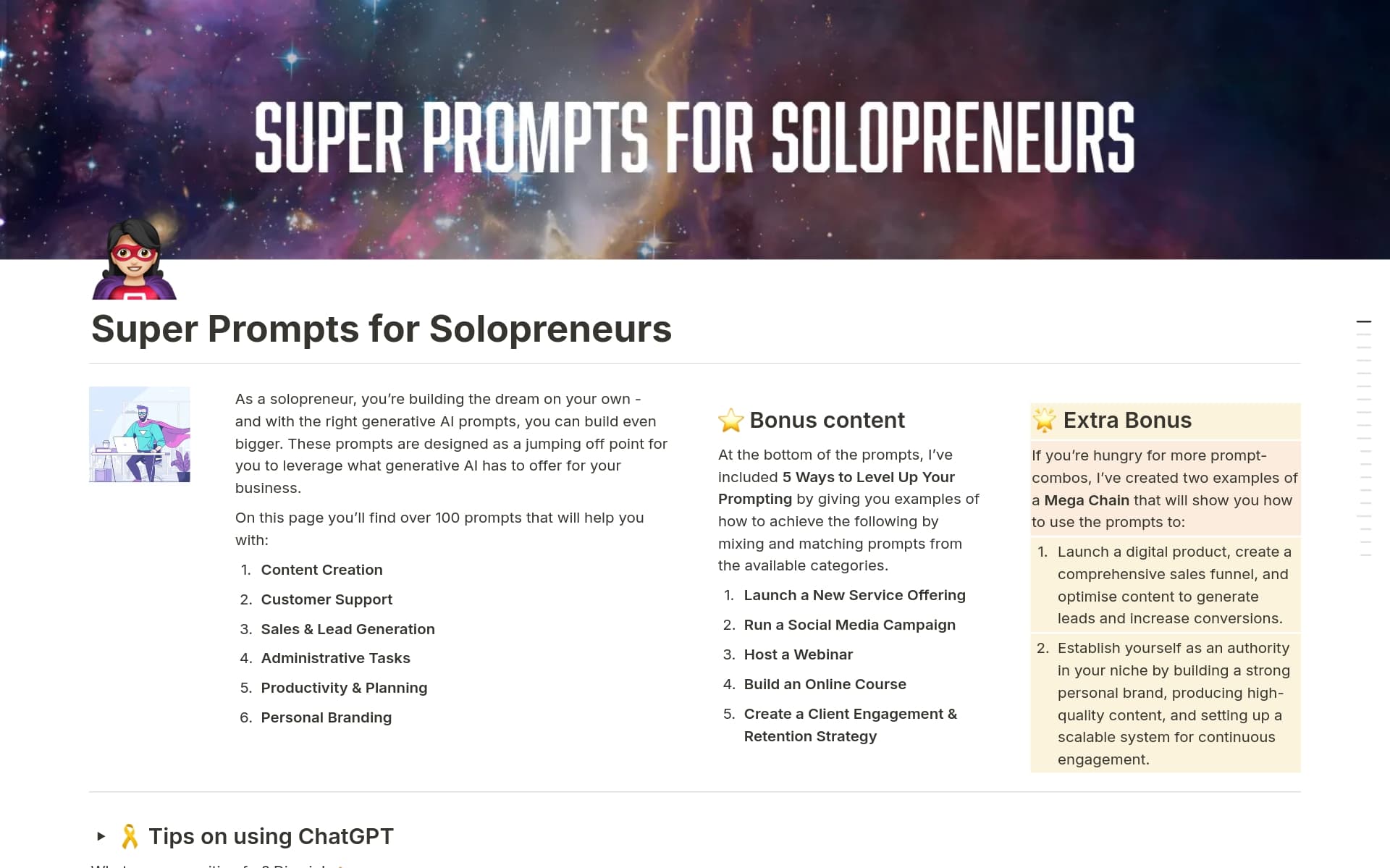For Product Marketing Managers, understanding the landscape in which your product operates is key to identifying opportunities and threats. Competitive analysis enables a structured approach to gathering, comparing, and analyzing competitor data, which in turn informs strategic decisions. A Competitive Analysis template in Notion can streamline this process by providing frameworks for categorizing information, enabling quick insights and facilitating easier updates over time.
Before you begin crafting your own Competitive Analysis template, take a moment to explore these templates below. They're designed to make the process more straightforward and ensure you don't miss critical aspects of your analysis.
What Should Competitive Analysis Templates Include?
Choosing the right competitive analysis template can significantly streamline your market research efforts. Here are key components to look for in an effective template:
Market Overview - This section should provide a comprehensive view of the current market environment, highlighting key players and market trends.
Competitor Profiles - Detailed profiles of each major competitor, including their strategies, strengths, weaknesses, and recent moves in the market.
Comparative Analysis - A feature that allows for side-by-side comparison of your product with those of your competitors on various parameters like price, features, and performance.
Opportunity Identification - This should help you pinpoint gaps in the market that your product can fill, based on the analyzed data.
With these components, a competitive analysis template not only informs you about your competitors but also aids in strategic planning and decision-making.
What Should Competitive Analysis Templates Avoid?
Choosing the right competitive analysis template is crucial for effective market strategy development. However, certain elements can detract from the template's utility and should be avoided:
Overly Complex Metrics: Avoid templates that include too many detailed metrics which can complicate analysis and delay decision-making.
Irrelevant Competitor Data: Ensure the template does not focus on irrelevant competitors, which can dilute the analysis and waste valuable resources.
Static Content: Steer clear of templates that do not allow for easy updates and flexibility, as the competitive landscape can change rapidly.
Selecting a template that avoids these pitfalls will streamline your competitive analysis process, making it easier to focus on strategic insights that drive decisions.



